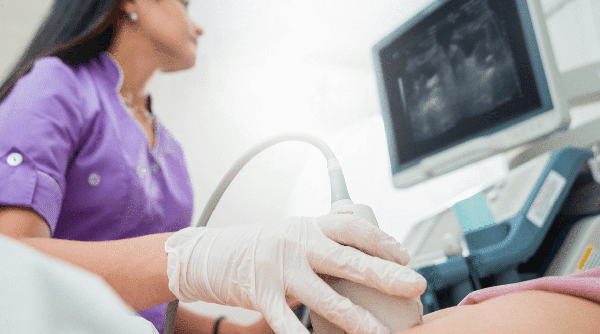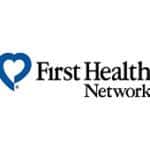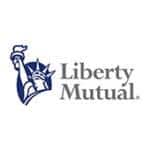The American Cancer Society recommends that all women 40 and over have a yearly screening mammogram. A screening mammogram is done on women who are asymptomatic, i.e. not currently experiencing any breast problem or symptoms such as nipple discharge, lump, or pain in the breast. This exam consists of two images of both breasts in order to detect abnormalities that might indicate the presence of breast cancer.
Patients might be recalled for additional imaging of the breasts depending on what the radiologist sees on the mammogram. A physician’s order is not necessary for screening mammograms.
However, any treatment should be reported to your primary care physician or OB-Gyn. We ask that patients supply us with a physician’s name to send their report.
With the technology of digital mammography, images are obtained faster and can be manipulated to help identify abnormalities in the breast that might otherwise be missed on conventional mammograms.
During the course of any mammogram, it is important to obtain good-quality images. This is achieved by allowing the technologist to compress your breast; allowing the breast tissue to be spread out which can facilitate identifying abnormalities.
However, the technologist will work closely with you to reach the level of compression that you can tolerate. The breast compression only lasts for seconds.

Our radiologists may ask for a breast ultrasound in conjunction with a mammogram. This exam uses sound waves to identify abnormalities in the breast and does not require radiation.
The purpose of this test is to distinguish between a cyst and a solid mass. While you are in the department the radiologist will let you know your results at the time of the exam.
Some women, especially younger women, may come directly to us if they find a mass. Most of these cases tend to be benign and require no intervention, however, it is always a good idea to check with a doctor to make sure that is the case.












Our approach to imaging is truly state-of-the-art. WIS patients receive compassionate, individualized care in a beautifully designed, intimate setting. All WIS facilities are independent from hospitals, nor do they share any parking lots or corridors with any hospitals. WIS facilities are ACR accredited and committed to providing an unmatched imaging experience.
5900 Windward Parkway
Suite 230
Alpharetta, GA 30005